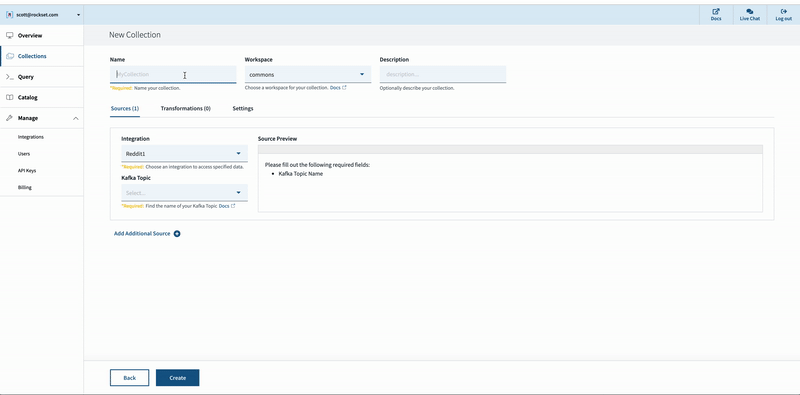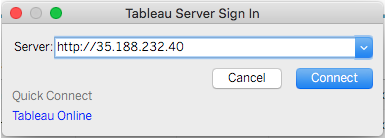

Windows: C:\Users\Documents\My Tableau Repository\Connectors.The folder path will look something like this:

To make the connector work, place the TACO file in the Tableau Repository\Connectors folder.
HOW TO SETUP JDBC DRIVERS FOR TABLEAU ON MAC DOWNLOAD
Click on the required connector name and download the TACO file. Go to the connectors section of the Tableau Extension gallery. After acquiring Tableau, Salesforce itself built a few connectors, like Datorama and Salesforce CDP, and released them to the gallery. Currently, there are only a handful of connectors, but that list is sure to grow. These connectors enable Tableau to access additional databases, or applications, which are not available or listed on the native connectors list.

Previously, the extension gallery only contained custom visuals and controls built by others, but now includes a new connectors section.Ī complete list of partners connectors can be found here: Although Tableau introduced the extension gallery a while ago, the connectors section on the gallery is new. They are listed on the Tableau extension gallery. Partner Connectors are connectors built by Tableau partners or other organizations.

Prep workflows can be scheduled using a server add-on, which is sold separately by Tableau to automate the flow. Tableau is also working towards adding more connectors to Prep Builder. The supported connector list is a subset from the Tableau Desktop. This intuitive application allows you to drag-and-drop your data into it, transform that data, and then load the data to a local file, published data source, or database.Ĭoming to the Prep supported connectors, they are limited in number. So, if you don’t have many data transformation requirements, you can directly connect Tableau Desktop, or Tableau Server/Online, to the data source and build your dashboard. Prep Builder’s main workflow objective is data transformation. The Prep Builder is a tool that extracts and prepares your data to combine, shape, and clean your data for analysis or dashboard creation. You can see the complete list of Tableau supported sources here:Īnother option is to bring your data inside the Tableau dashboard by using Tableau Prep Builder. Tableau extracts the data and stores it in memory to load the dashboards and visuals quickly and efficiently. But, if performance is an issue, you may need to switch to the extract option. Live connections are also an option for almost all data sources. Decision Foundry has a wide range of industry-leading sources listed on Tableau from Google Analytics to Hadoop.Īll of the Tableau data connectors support data refresh, which means Tableau Server/Online can schedule and load to keep your connection updated and constantly fetching the latest data. In most cases, a username and password, Host and Port, or even an authentication key or token, is required. Currently, there are a number of connectors available on Tableau Server/Online, and are sure to match that of desktop soon.Īccount authorization is needed to use native API connectors. Further, Tableau is scaling up web authoring on Tableau Server/Online. These are immediately available in the Data Source Section of the Tableau desktop application. Among the different connection types, native API connectors are the easiest. There are approximately 100 data sources, or API connectors, on the Tableau Desktop that can be used for quick connection. In this article, we’ll discuss six different ways to effectively connect, fetch data and manipulate it. But is implementation always seamless? We field a lot of questions on Tableau data connectors including its ability to extract and transform data from multiple sources. The flexibility to create custom charts, and different reporting options, has led to wide acceptance. Thanks to its interactivity and ease of dashboard building, Tableau has become one of the leading business intelligence and data exploration tools on the market.


 0 kommentar(er)
0 kommentar(er)
